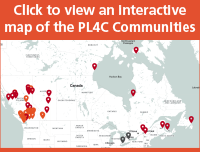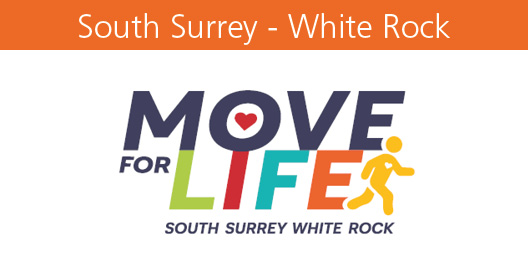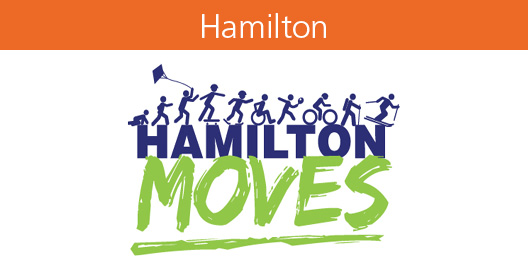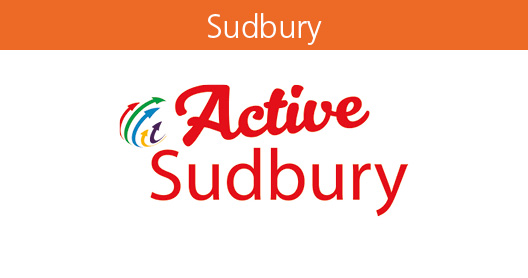
It Takes A Community
A Physical Literacy for Communities (PL4C) project starts with a lead person(s) who has convened local sector representation and identified community partners/stakeholders within Health, Education, Recreation, Sport and Media within a specified community.
A community is any group or geographic region who comes together with a common interest, is pursuing a common goal and / or shares a communication structure. Examples of communities who have benefitted from the PL4C approach to date include; school districts / boards, sport organizations and sport councils, health units / health regions, Physical Literacy and You (PLAY) groups, recreation departments, neighborhoods and municipalities.
Together with identified partners / stakeholders, leads will want to secure funds to support project delivery. This could include a proposal to Town council or Corporate Board Members, applications to local or regional foundations, applications for grants, and identification of other potential community partners or sponsors. Current Physical Literacy for Communities projects across Canada have accessed a variety of funding types to support their work. These include:
- Hospital Foundations
- Ontario Trillium Foundation
- Ontario Sport & Recreation Community Fund
- Self Funded (provided through contributing partners)
- Government Ministries
Project Leadership
A PL4C community will be assigned a community mentor to provide expertise, facilitate meetings, guide the planning process, assist to set project milestones, create a community plan and report on progress. They will work closely with the working group every step of the way to help them navigate the path towards a healthy, active community.
Creating the Community Plan
Applying the lessons learned from communities across Canada, the PL4C program, will assist a community to create and implement a multi-sectoral community plan that reflects and responds to each community’s unique context. Progress will be monitored / measured by tracking a series of indicators customized for the community.
The Physical Literacy for Communities plan has three phases:
- Education and Awareness
- Training
- Mentoring
The community mentor will also work to create a budget and financial strategy to cover the costs of this investment. This support could include a proposal to Town council or Board Members, applications to local or regional foundations, support with grant writing, identification of community partners or sponsors.





